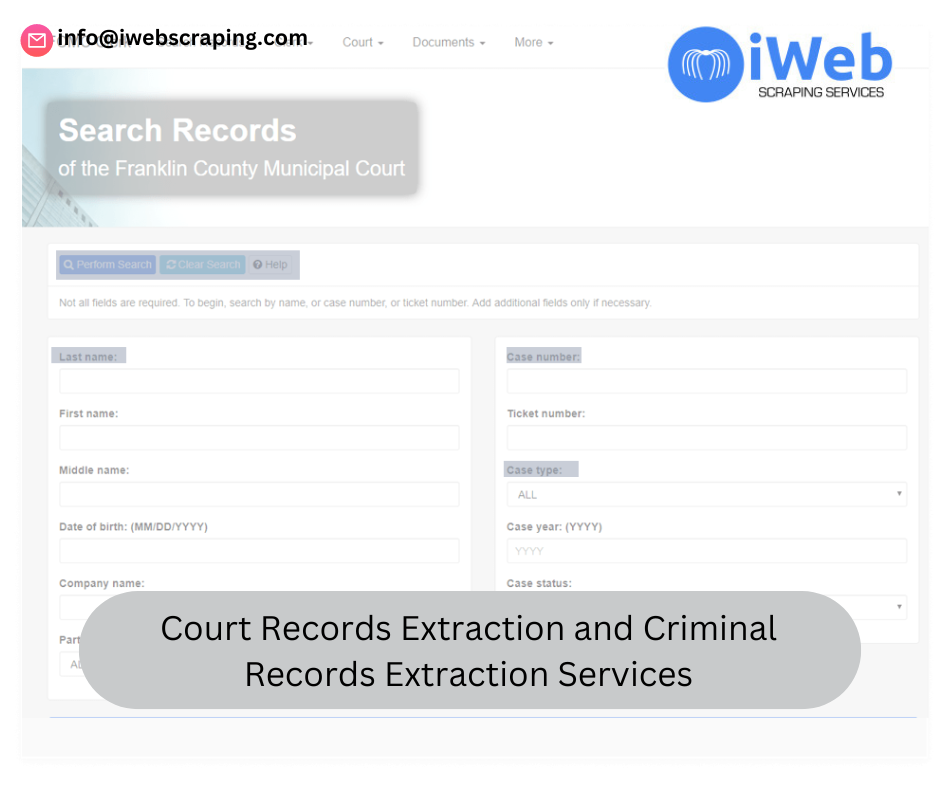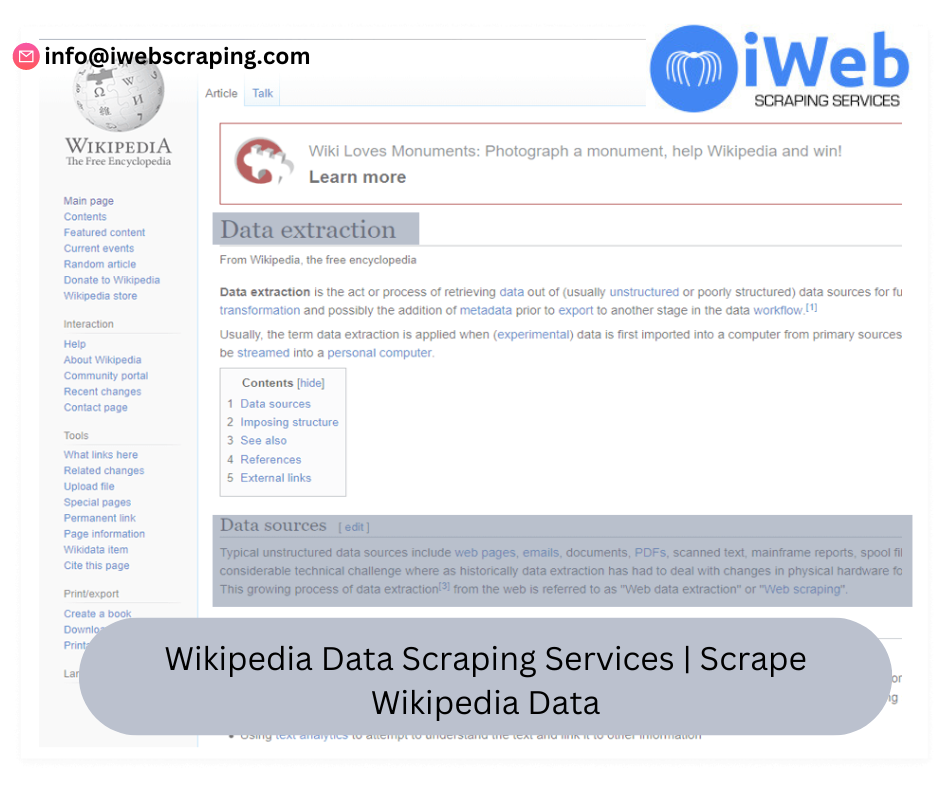
In today's digital age, food delivery services have become a staple of modern living. Platforms like Foodpanda have revolutionized the way we order food, providing a convenient and efficient means of satisfying our culinary cravings. For developers and businesses looking to harness the power of Foodpanda's vast restaurant network, the Foodpanda API offers a valuable tool for scraping restaurant listing data. This blog post will guide you through the process of using the Foodpanda API to scrape restaurant listings easily, providing you with the insights and data you need to make informed decisions.
Understanding the Foodpanda API
Before diving into the technical aspects of scraping restaurant listings, it's essential to understand what the Foodpanda API is and what it offers. The Foodpanda API is a set of programming instructions and standards for accessing and interacting with Foodpanda's database. It allows developers to retrieve information about restaurants, menus, reviews, and more.
Using the API, you can automate the process of collecting restaurant data, which can be useful for various purposes such as market analysis, competitor research, or integrating Foodpanda listings into your own application or website.
Getting Started with the Foodpanda API
To begin scraping restaurant listings, you'll first need to obtain access to the Foodpanda API. Here are the steps to get started:
Sign Up for an API Key: Visit the Foodpanda developer portal and sign up for an API key. This key will authenticate your requests to the API and grant you access to the data.
Read the Documentation: Familiarize yourself with the API documentation. This will provide you with a comprehensive understanding of the available endpoints, request formats, and response structures.
Set Up Your Development Environment: Ensure you have a suitable development environment for making HTTP requests and processing JSON data. Popular languages for working with APIs include Python, JavaScript, and Ruby.
Scraping Restaurant Listings
Once you have your API key and development environment set up, you can start scraping restaurant listings. Here’s a step-by-step guide:
Step 1: Define Your Objectives
Before making any requests, clearly define what data you need. Are you interested in all restaurants in a specific area, or are you looking for restaurants with certain cuisines or ratings? Defining your objectives will help you structure your API requests effectively.
Step 2: Make API Requests
Using your preferred programming language, make HTTP GET requests to the Foodpanda API endpoints. For example, to retrieve a list of restaurants in a specific city, you might use an endpoint like /restaurants?city=your_city_name.
Here’s an example using Python and the requests library:
pythonCopy codeimport requests
api_key = 'your_api_key'
city = 'your_city_name'
url = f'https://api.foodpanda.com/restaurants?city={city}'
headers = {
'Authorization': f'Bearer {api_key}'
}
response = requests.get(url, headers=headers)
if response.status_code == 200:
data = response.json()
for restaurant in data['restaurants']:
print(restaurant['name'], restaurant['address'])
else:
print('Failed to retrieve data', response.status_code)
Step 3: Process and Store the Data
Once you receive the API response, you'll need to process the JSON data. Extract the relevant information such as restaurant names, addresses, cuisines, ratings, and any other details that meet your objectives. Store this data in a structured format like a CSV file, database, or directly integrate it into your application.
Step 4: Handle Rate Limits and Errors
APIs often have rate limits to prevent abuse. Ensure your code handles these limits gracefully by implementing retry logic and respecting the API's usage policies. Additionally, handle errors by checking response statuses and implementing appropriate error-handling mechanisms.
Best Practices for Scraping Restaurant Data
Respect the API Terms of Service: Always adhere to the API provider’s terms of service to avoid getting your access revoked.
Cache Data: To reduce the number of API requests, cache data locally where possible. This is especially useful for static information that doesn’t change frequently.
Stay Updated: APIs can change over time. Keep an eye on the API documentation and update your code accordingly to avoid disruptions.
Conclusion
Scraping restaurant listing data using the Foodpanda API is a powerful way to access a wealth of information for various applications. By following the steps outlined in this guide, you can easily retrieve and process restaurant data, enabling you to gain valuable insights and enhance your projects. Whether you're conducting market research, building a new app, or simply curious about the restaurant landscape in your area, the Foodpanda API is an invaluable resource. Happy scraping!

















.png)
.png)
.jpg)
Write a comment ...